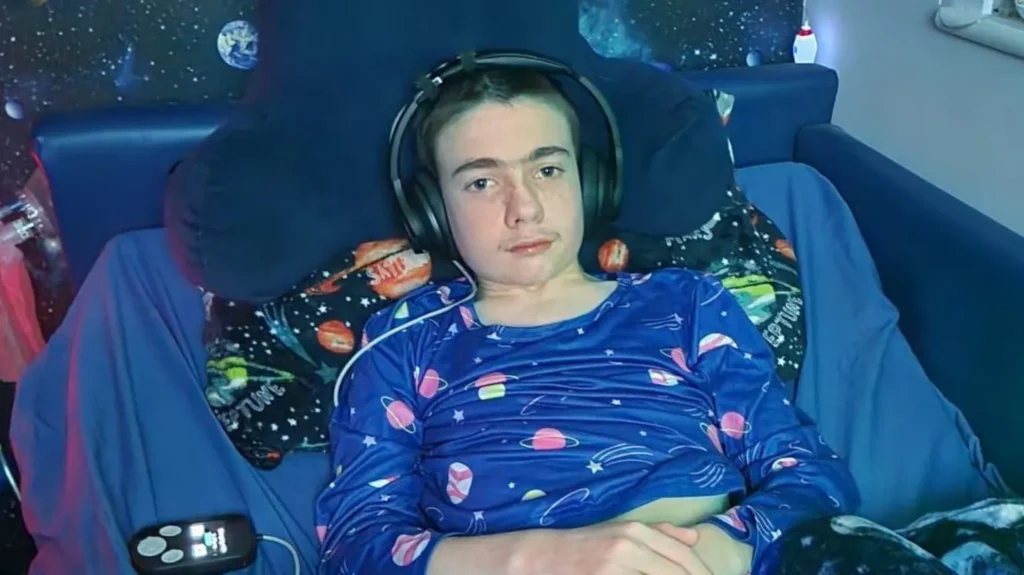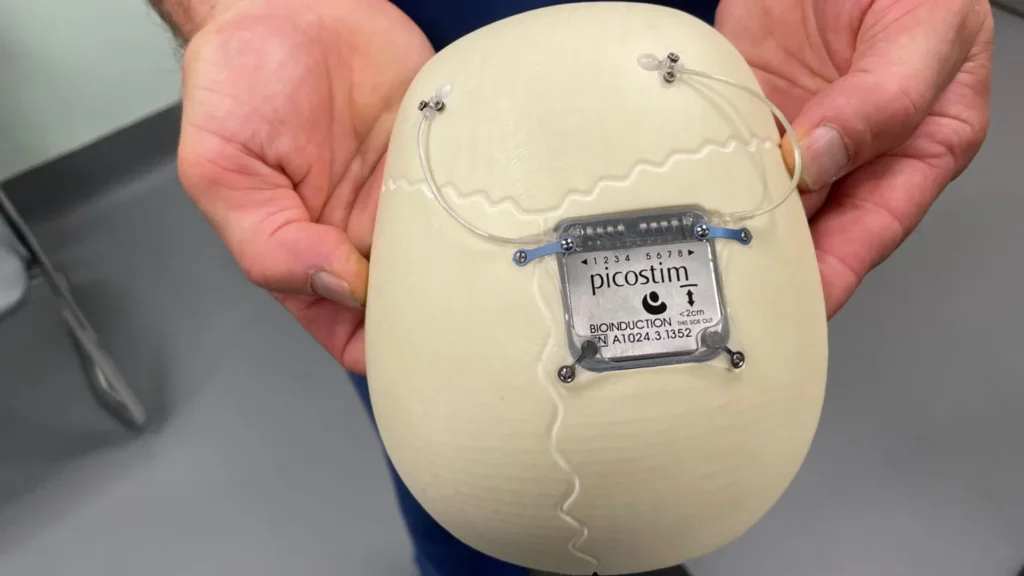Breakthrough Neurostimulator Implant Drastically Reduces Epileptic Seizures in Boy with Severe Epilepsy

A 13-year-old boy with severe epilepsy has become the first patient in the world to trial a groundbreaking device implanted in his skull to control seizures. This innovative neurostimulator, which sends electrical signals deep into the brain, has reduced his daytime seizures by 80%.
The boy, who has Lennox-Gastaut syndrome, a treatment-resistant form of epilepsy, has experienced a significant improvement in his quality of life since the surgery. His mother expressed her relief, stating that her son is now happier and has a “much better quality of life.”
Life-Changing Surgery
The surgery was performed in October as part of a trial at a leading hospital in London. The boy, who began suffering from epilepsy at the age of three, had been experiencing multiple daily seizures, ranging from a few dozen to hundreds. His epilepsy severely impacted his childhood, causing frequent falls, violent shaking, and loss of consciousness.
Advanced Neurostimulation Technology

The neurostimulator, a 3.5cm square and 0.6cm thick device, emits a constant pulse of current aimed at blocking or disrupting the abnormal electrical activity that triggers seizures. During the surgery, two electrodes were inserted deep into the boy’s brain, reaching the thalamus, a critical relay station for neuronal information. The electrodes were connected to the neurostimulator, which was placed in a gap in his skull.
Post-Surgery Recovery and Results
After a month-long recovery period, the neurostimulator was activated. The boy cannot feel the device when it is on and can recharge it daily via wireless headphones while engaging in activities he enjoys, such as watching TV. Seven months post-operation, his mother reported a massive improvement in his condition, noting that he is more alert and has no daytime drop seizures. His nighttime seizures have also become shorter and less severe.
Future of Neurostimulation Treatment
This trial is part of a broader project assessing the safety and effectiveness of deep brain stimulation for severe epilepsy. The implant used in this case is particularly advantageous for children, as it is placed in the skull rather than the chest, reducing potential complications like infections and device failure.

Optimistic Outlook
The family remains hopeful as the treatment progresses. Future plans for the neurostimulator include making it responsive to real-time changes in brain activity to preemptively block seizures. The boy’s mother is excited about this next phase, expressing gratitude for the renewed hope the treatment has provided.
Broader Implications
The neurostimulator, also used for treating Parkinson’s disease, represents a significant advancement in managing severe epilepsy. As part of the ongoing trial, three more children with Lennox-Gastaut syndrome will receive the device, potentially offering a brighter future for others suffering from this debilitating condition.